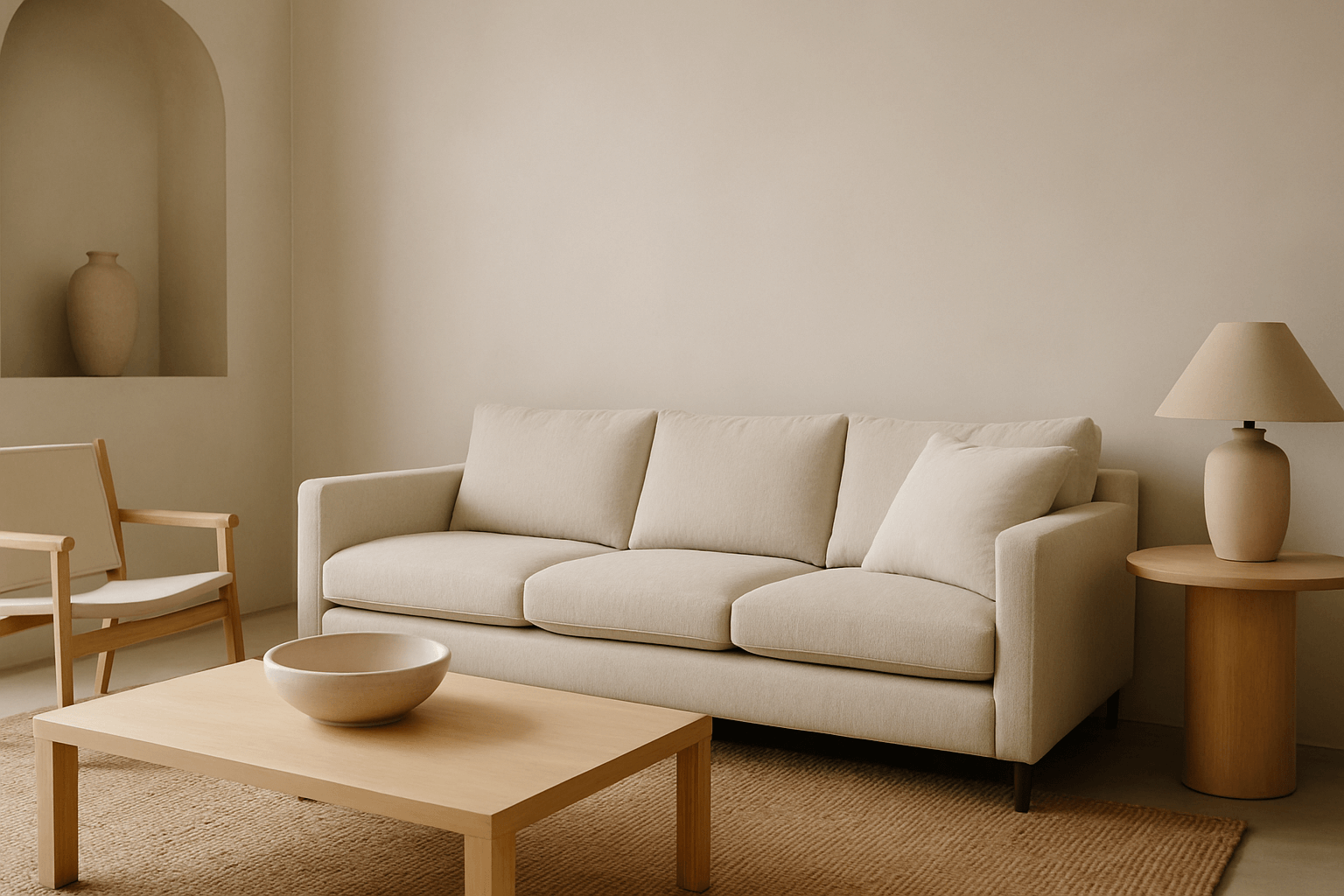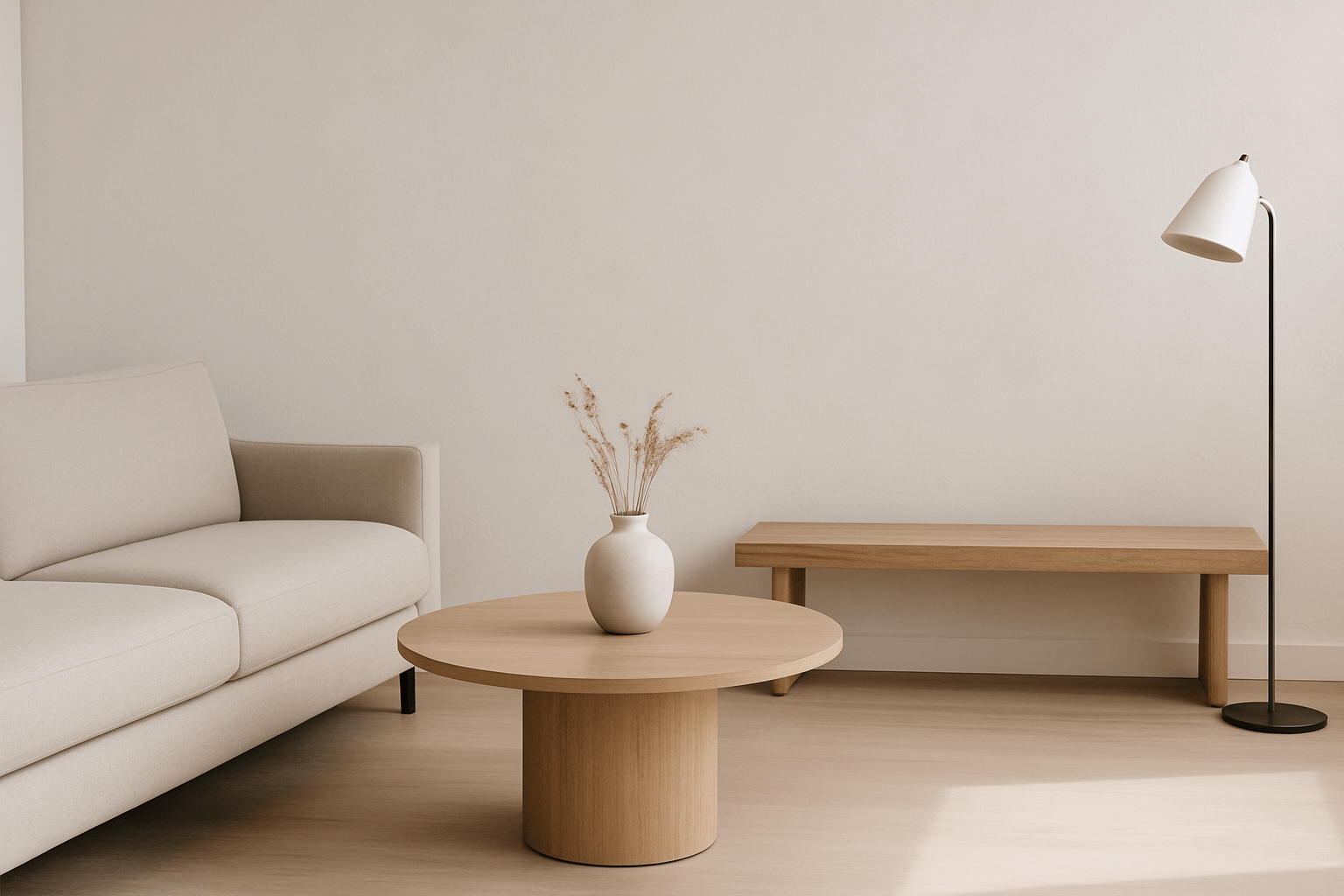What Is Monochrome Minimalism?
Monochrome minimalism is the art of designing a space using shades and tones of a single color — usually neutrals like white, beige, greige, or soft grey. While it may sound limiting, the result is often the opposite: rich, immersive, and deeply calming.
In minimalist homes, where less is more, a monochrome palette allows the materials, shapes, and textures to become the stars.
1. Why Monochrome Works in Minimalist Design
A single-color scheme helps a space feel:
-
Cohesive — nothing visually clashes
-
Spacious — boundaries between elements soften
-
Intentional — color becomes part of the architecture, not an accessory
Without bold contrasts, the eye can rest, move more slowly, and appreciate the subtleties of the space.
2. Texture Becomes the Focal Point
When color is simplified, texture becomes everything.
Layer materials like:
-
Linen, wool, and boucle
-
Raw plaster or limewash walls
-
Untreated wood, stone, or clay
-
Matte ceramic and woven textiles
This is what makes monochrome rooms feel alive, not flat. The space becomes about depth, not decoration.
3. Play with Tone, Not Color
Monochrome doesn’t mean “one exact shade.” It means working within a narrow range of tones from the same color family.
For example:
-
A white room can feature soft ivory, bone, chalk, and warm grey
-
A beige room might include sand, oatmeal, ecru, and camel
This variation adds dimension without stepping outside the palette.
4. Light Is the True Color-Changer
In monochrome rooms, light plays an even more critical role. Throughout the day, the same walls and furniture may appear cooler, warmer, brighter, or moodier.
This natural shift keeps a single-tone room interesting, without needing changeable decor.
Maximize this effect by:
-
Using sheer curtains to diffuse daylight
-
Placing objects where they catch shadows
-
Choosing matte finishes that respond to ambient light
5. Keep Shapes Clean and Thoughtful
Because there’s no color contrast to fall back on, form and proportion carry more weight in monochrome design.
Look for:
-
Sculptural furniture
-
Rounded corners mixed with clean lines
-
Oversized silhouettes used sparingly
Even the simplest object becomes a statement when isolated in a minimal, monochrome room.
Final Thought
Monochrome minimalism is about restraint with richness. It proves that you don’t need bold color or constant contrast to create a compelling, expressive space.
With just one palette, you can tell a quieter, more confident story — one of light, texture, intention, and calm.
















